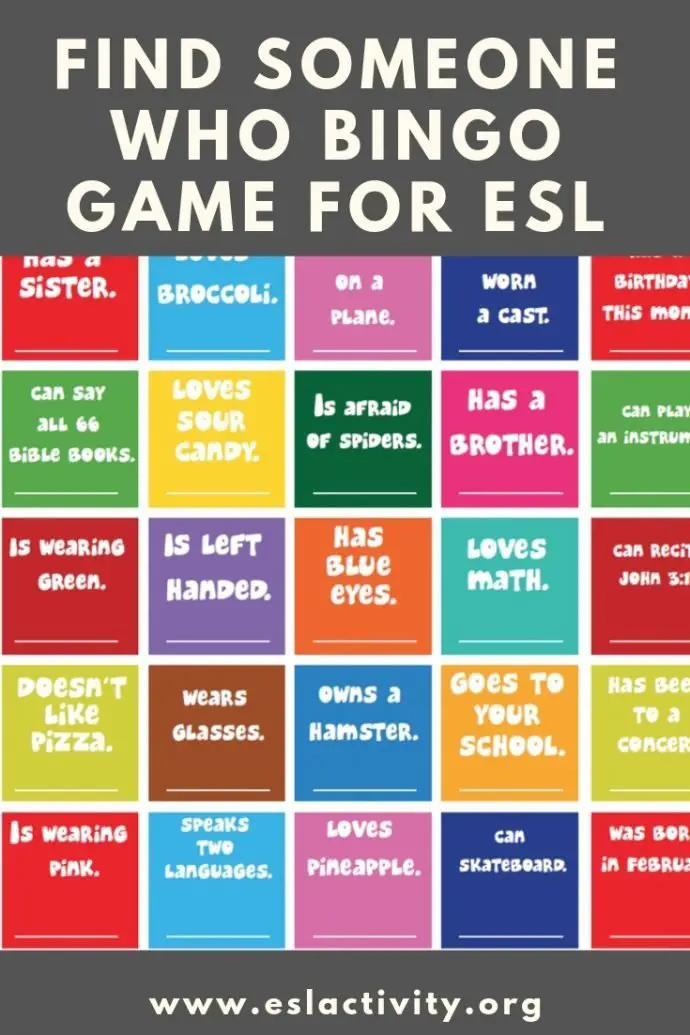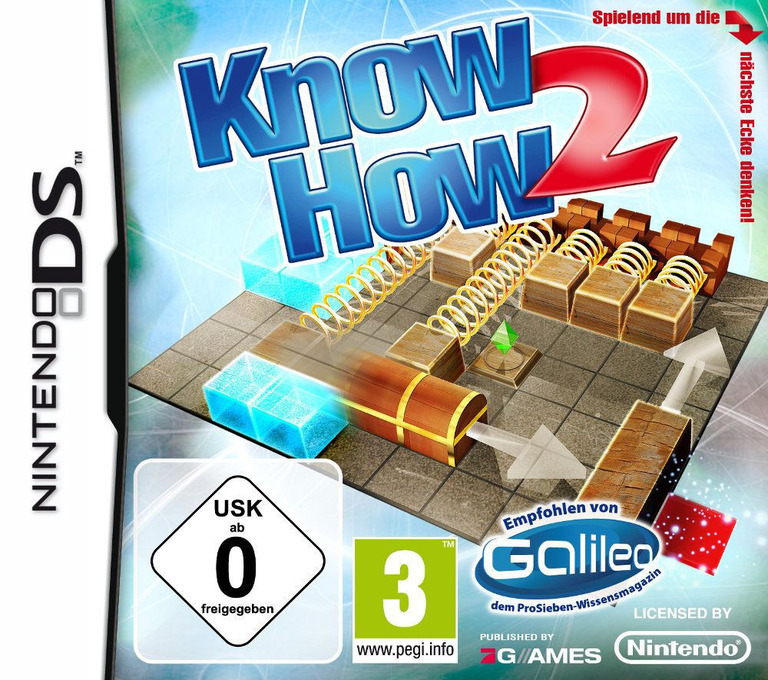

Here’s how I visualize the filtering process. The odds are the champ is better than the new door, too. Your first pick is a random door (1/100) and your other choice is the champion that beat out 99 other doors (aka the MVP of the league). This is what happens with the 100 door game. The more you test the old standard, the less likely the new choice beats it. Yes, yes, there’s a chance the new rookie is the best player in the league, but we’re talking probabilities here. With the Japanese baseball players, you know more than your friend and have better chances. Here’s the general idea: The more you know, the better your decision. Your uninformed friend would still call it a 50-50 situation. Would this change your guess? Sure thing: you’ll pick Pitcher B (with near-certainty). Now, let’s say Pitcher A is a rookie, never been tested, and Pitcher B won the “Most Valuable Player” award the last 10 years in a row. You pick the name that sounds cooler, and 50-50 is the best you can do. If I picked two random Japanese pitchers and asked “Who is ranked higher?” you’d have no guess.

Yes, two choices are equally likely when you know nothing about either choice. Filtered is better.īut… but… shouldn’t two choices mean a 50-50 chance? Overcoming Our MisconceptionsĪssuming that “two choices means 50-50 chances” is our biggest hurdle. He’s letting us choose between a generic, random choice and a curated, filtered choice. We’re starting to see why Monty’s actions help us. Your decision: Do you want a random door out of 100 (initial guess) or the best door out of 99? Said another way, do you want 1 random chance or the best of 99 random chances? When he’s done, he has the top door out of 99 for you to pick. It’s a bit clearer: Monty is taking a set of 99 choices and improving them by removing 98 goats.
#UNDERSTAND GAME SIMULATOR#
Monty looks at the 99 others, finds the goats, and opens all but 1ĭo you stick with your original door (1/100), or the other door, which was filtered from 99? (Try this in the simulator game use 10 doors instead of 100).There are 100 doors to pick from in the beginning.Instead of the regular game, imagine this variant: Let’s see why removing doors makes switching attractive. (Several readers have left their own explanations in the comments - try them out if the 1/3 stay vs 2/3 switch doesn’t click).

The explanation may make sense, but doesn’t explain why the odds “get better” on the other side. The other door must have the rest of the chances, or 2/3. The best I can do with my original choice is 1 in 3. Monty could add 50 doors, blow the other ones up, do a voodoo rain dance - it doesn’t matter. If I rigidly stick with my first choice no matter what, I can’t improve my chances. My first guess is 1 in 3 - there are 3 random options, right? If I pick a door and hold, I have a 1/3 chance of winning. That’s the hard (but convincing) way of realizing switching works. Just play the game a few dozen times to even it out and reduce the noise. If you had a coin, how many flips would you need to convince yourself it was fair? You might get 2 heads in a row and think it was rigged. There’s a chance the stay-and-hold strategy does decent on a small number of trials (under 20 or so). Is it above 50% Is it closer to 60%? To 66%? Pick a door, Monty reveals a goat (grey door), and you switch to the other. Now reset and play it 20 times, using a “pick and switch” approach. Just pick door 1 (or 2, or 3) and keep clicking. Try playing the game 50 times, using a “pick and hold” strategy. You’re probably muttering that two doors mean it’s a 50-50 chance. The game is really about re-evaluating your decisions as new information emerges. Today let’s get an intuition for why a simple game could be so baffling. If you switch doors you’ll win 2/3 of the time! Here’s the game: Do you stick with door A (original guess) or switch to the unopened door? Does it matter? (If both doors have goats, he picks randomly.) Monty Hall, the game show host, examines the other doors (B & C) and opens one with a goat.There are 3 doors, behind which are two goats and a car.The Monty Hall problem is a counter-intuitive statistics puzzle:


 0 kommentar(er)
0 kommentar(er)
